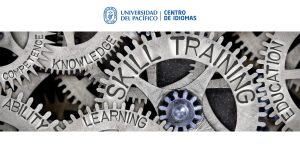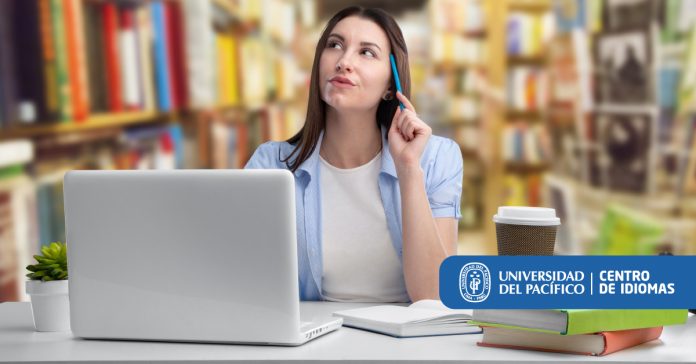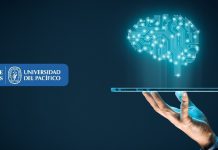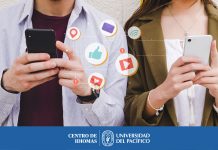Not only teachers plan how to teach. Students should also start thinking about their own learning and look for effective ways to acquire new concepts and information. So, the answer is yes, we can plan our own strategies to learn based on both our learning style and our learning goals.
Metacognition is not a new concept. In fact, in 1979 John Favell coined the term and, since then, the tasks and processes students use have been studied closely.
The process starts when a student becomes aware of the steps they have to follow in order to grasp certain information. It all depends on the level being aimed at: is it the highest? is it an average one? Probably we all have heard of Vigotsky and his Zone of Proximal Development. Each time a learner needs to move forward, they know they will require the support of a more prepared student or the mentoring of an experienced teacher. If none of these options is available, then, they can use their plan B: they may train themselves to assume the role of a teacher or lecturer and be ready to teach others, not only by collecting information, but by processing, adapting, and finding other uses for it.
This is easily observed when students make groups to set up an assignment. Before they choose who they want to team up with, I always stress the importance of having different talents since they all will be a piece of the puzzle: it will demand cooperative work and a number of skills everyone must bring to the table. It is useless to work with somebody just for the reason that they happen to be friends, or because they get along well. If the priority of a student is learning, they must be open and humble enough as to learn from everyone.
How can everyone know which techniques work for them? They may have tried out a number of them and know for sure the ones that suit them better. You name them: memorization and recitation techniques, writing summaries, explaining the concepts to others, making comparisons between them, finding similarities and/or differences about certain topics; classifying the information to make the necessary connections in their brain so they can relate the learned information with their previous knowledge.

Their brain can analyze what it is doing. They must first identify the need to optimize their learning process. Then, they must match their learning strategies with their learning styles. Finally, trial and error is an important tool: they should not be afraid of discarding what does not work for them, even when their techniques may look peculiar to others. As they reach higher levels of understanding, they will need to make minor adjustments. Learning is a lifelong process. Everybody should be ready to embrace change.
Is this information useful when it comes to learning a language? Of course, it is. First, they have to start by asking themselves: “Is this language similar to my language? What do I think have been my weaknesses and my strengths so far? What have I done to improve my performance? Do I organize the information I learn? Do I review my annotations? Do I need to take notes?”
One important aspect that is often neglected is the role of feelings and emotions when learning. Both are components of metacognition since they form our metacognitive experience. Nothing works better than our internal drivers to learn. Our emotions can not be set apart when learning, in fact they will constantly remind us of progress and expectations.
As teachers, we must be part of these experiences by being open to provide our students a safe space to experiment, use and adjust the given information as to make it meaningful, and thus, somewhat memorable.
What about you? How do you promote metacognition in class?










